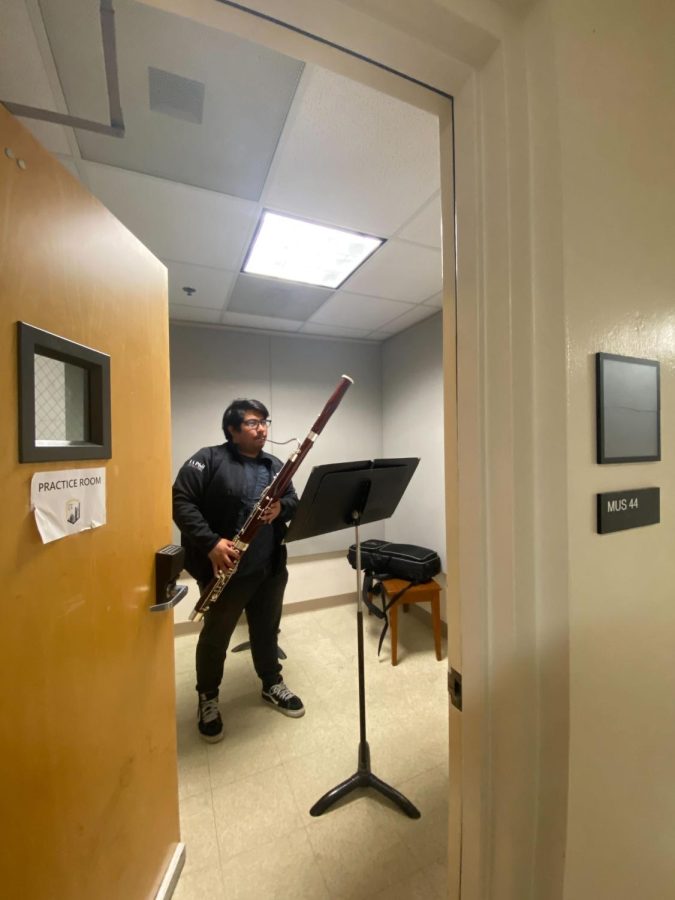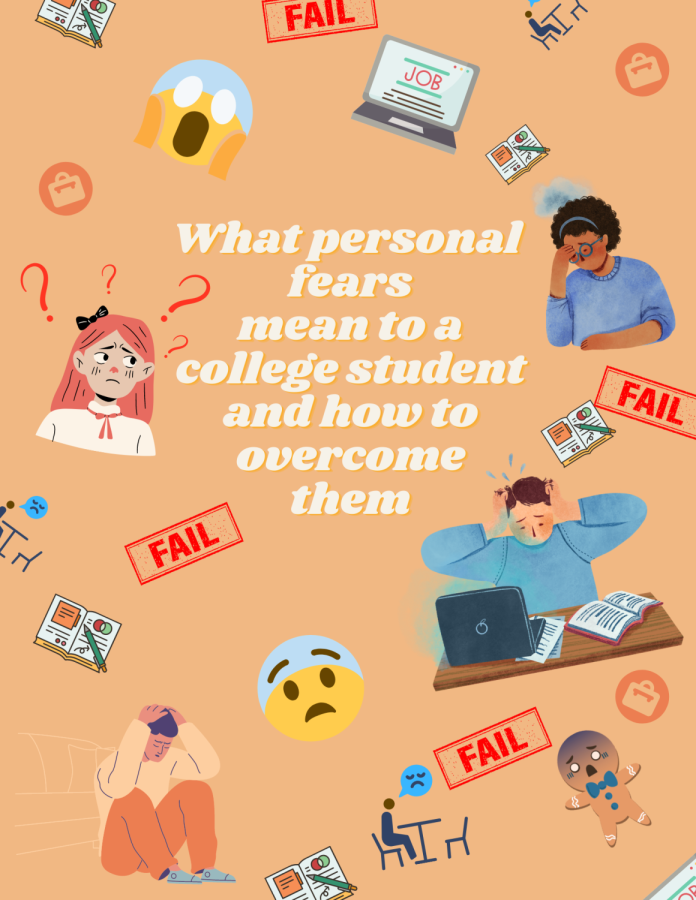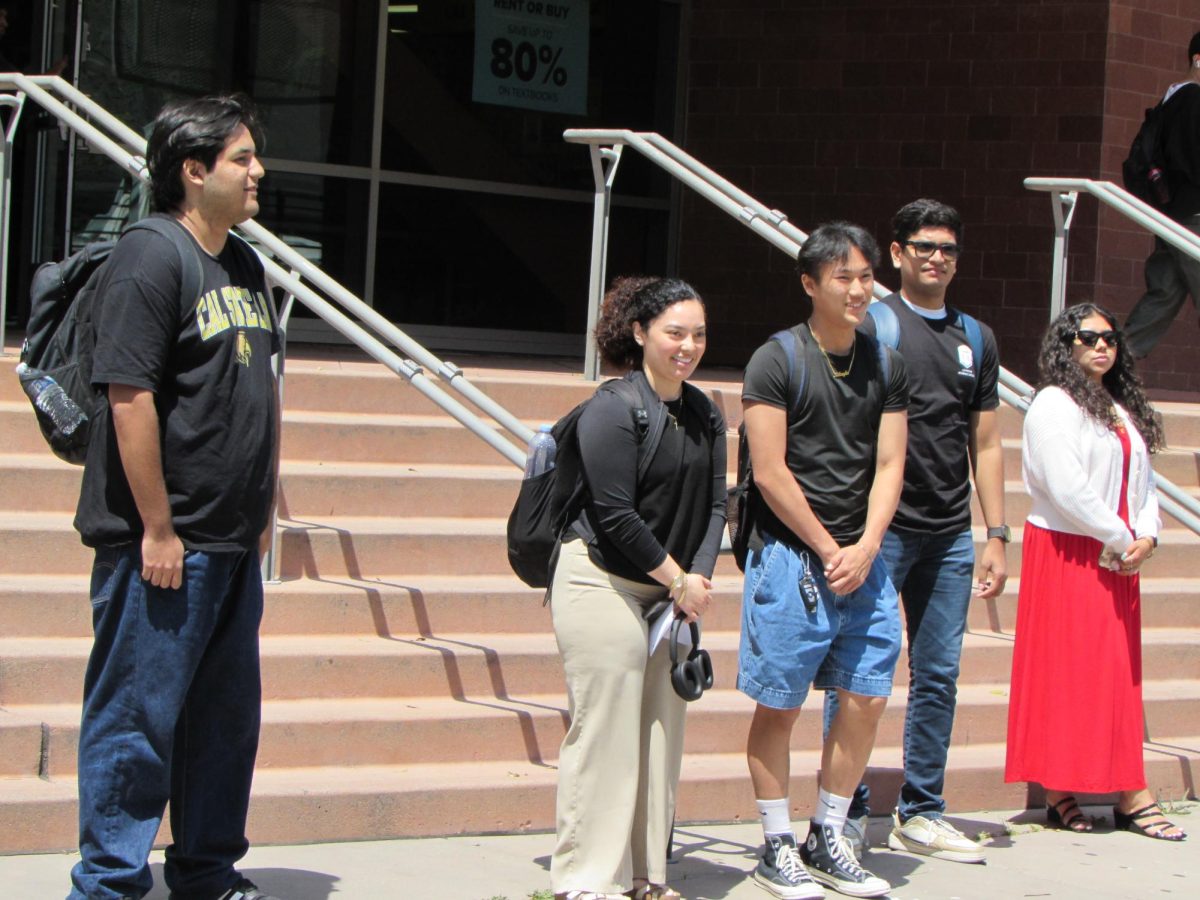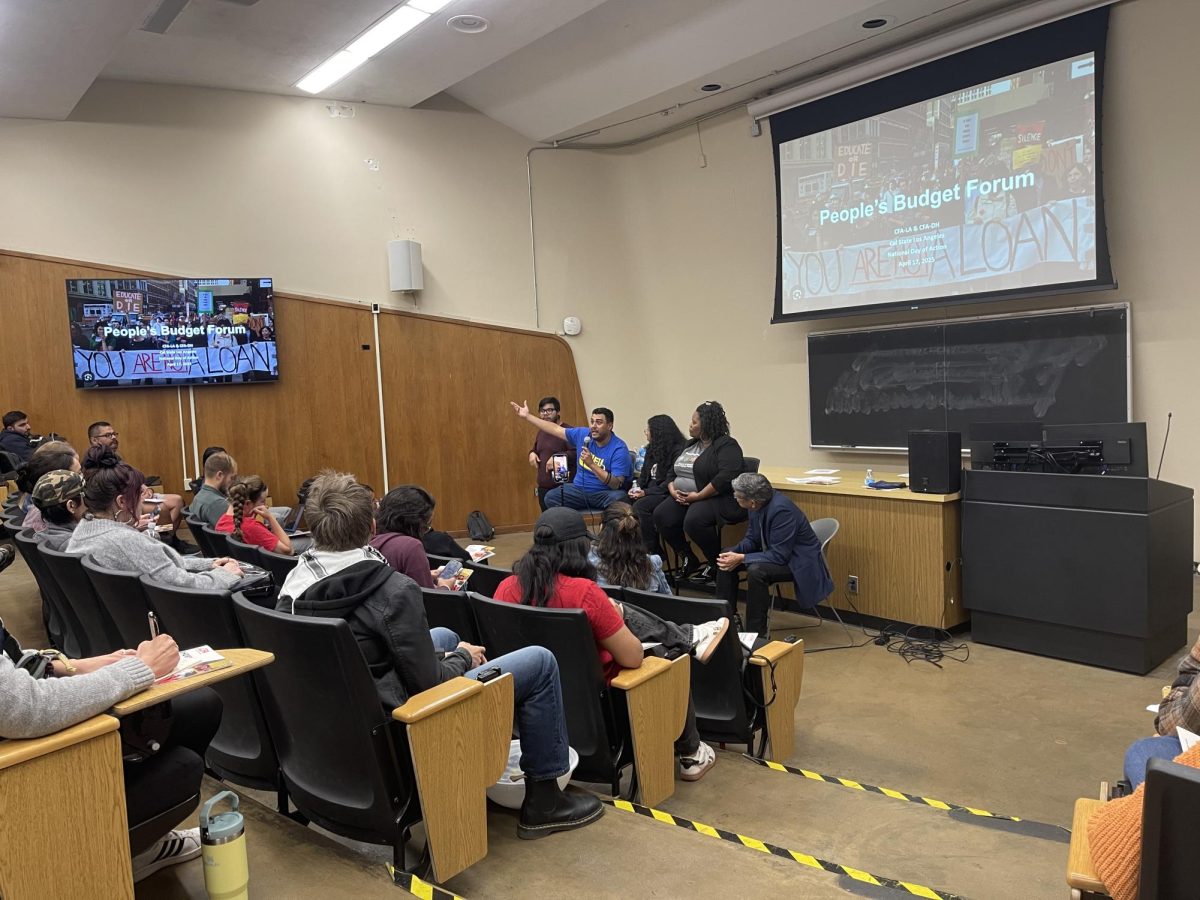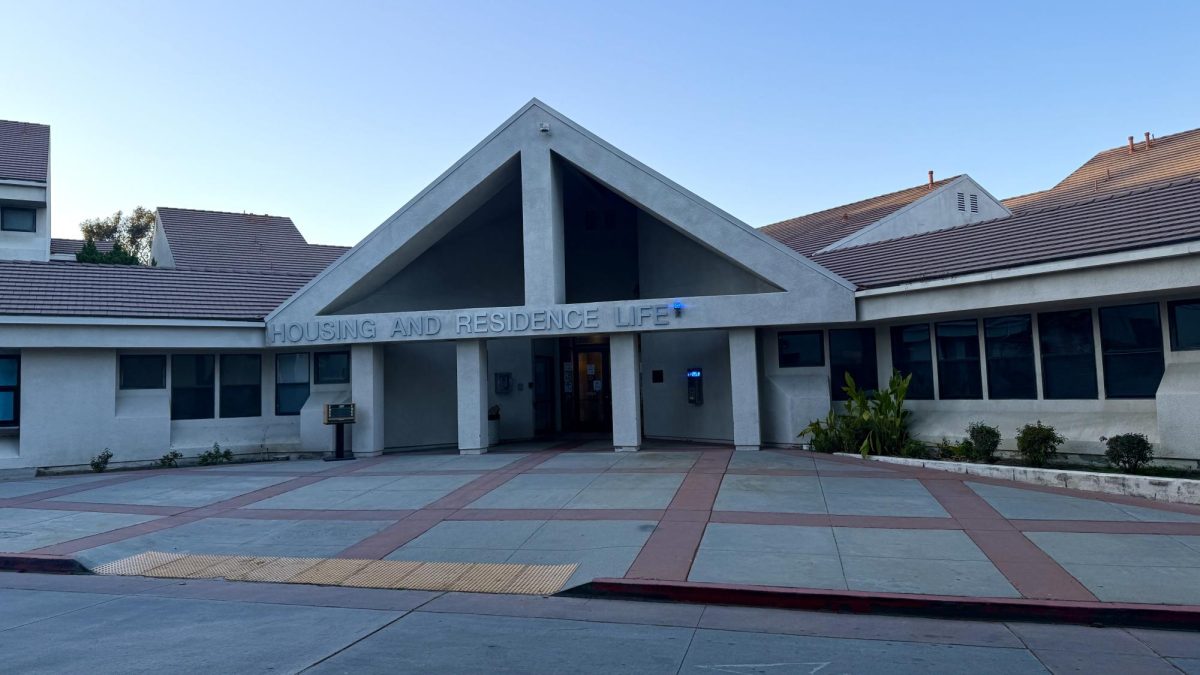The Office of Students with Disabilities’ (OSD) mission is to “provide an equitable learning environment for students with disabilities,” according to the Cal State LA website.
For many students with disabilities, the struggle of a large campus is navigating through long distances and crowds to get to class on time. Summer just ended and that’s a good thing for students like Grey Arias, who are happy the heat is behind them.
“I struggle most with accessibility issues during the summer,” Arias said. “I’m a heavy-set person with Chronic Lymphedema in my left leg, which limits my mobility. Add 95 – to 110-degree heat to the equation and I’m moving slower than a sloth in the Amazon.”
Arias lives in the Phase I apartments on campus and hasn’t left the vicinity since she moved in at the beginning of the semester.
Many students with mobility impairments said that they are disappointed that the school doesn’t have a tram service on campus.
Arias has contacted the Office of Students with Disabilities about her mobility issues, but said they have yet to receive a reasonable accommodation.
“Since this ridiculous campus does not offer tram service, the Director of OSD, Gonzalo Centeno offered me two options,” they said. “I either take the Alhambra bus, which is a walk from my apartment; that could take me to the transit center or I can Uber. These aren’t solutions. They are half-ass solutions.”
The University Times has reached out to the OSD for comment, but has yet to receive a response.
Cal State LA cited priority registration as the solution to the tram’s absence, suggesting that students “schedule classes with enough time in between to get from one class to another.”
Title III of the ADA states that the absence of accessibility is discrimination, and the law ensures that equal opportunities are given to persons with disabilities in employment, state and local government services, public accommodations, commercial facilities and transportation. Schools are also to adhere to the guidelines and Cal State LA does follow the guidelines for students with disabilities with the inclusion of elevators that make it easier for students in wheelchairs to get to their classes.
California Community Colleges, like Mt. San Antonio College in the city of Walnut and Chaffey College’s main campus in Rancho Cucamonga offers tram service to its students with disabilities as a courtesy, as those campuses are on an uphill slope. None of the CSU’s like Cal State Northridge or Cal State LA offer tram service to their students with disabilities because that ammenity is not mandated by ADA.
For most students, broken elevators can be an inconvenience, but for others like psychology major Mya Smith, it’s the difference between making it to class or falling behind.
“My biggest issue on this campus is pushing myself up hills in my manual wheelchair,” she said. “When these elevators don’t work, I can’t get to class.”
Smith said she struggled the most getting around Salazar Hall and her dorm because of the hills and elevators. She said that the university should fix the elevators and make the ramps less steep.
A 24-hour window is given for emergency repairs to be taken care of, according to the facilities website. One of the items listed as an emergency includes elevator malfunctions.
Another student, Christian Culpepper, had similar concerns about elevator accessibility.
“I’ll wait for the elevator and it will still be full two or three times,” Culpepper said. “I have to wait 20, 30 minutes just for people to clear out of the elevator.”
Culpepper’s biggest concern is awareness about resources provided on campus, as he was not aware that OSD provided note taking accommodations.
“I didn’t know they had a program or a team where you could record it and they could write your notes for you,” he said.
Culpepper said the program was helpful but oftentimes, no one will volunteer to be a note taker, despite it being a paid opportunity. This leaves students with disabilities without notes altogether.
Students with disabilities want their concerns to be heard, as they feel these concerns have placed them at a disadvantage.
“My main point is awareness and outreach,” Culpepper said.


